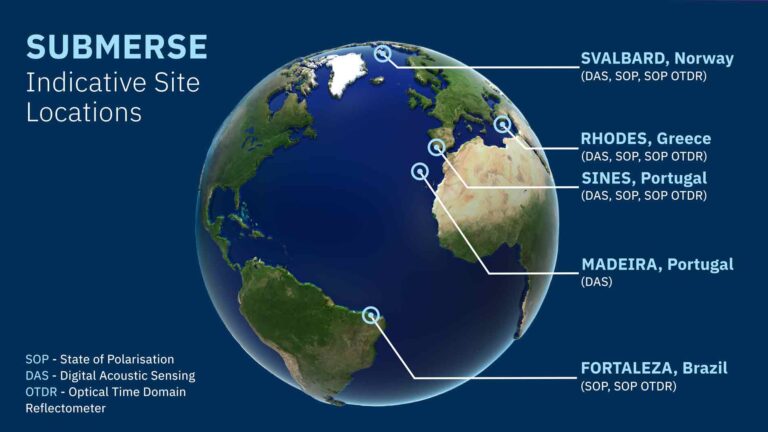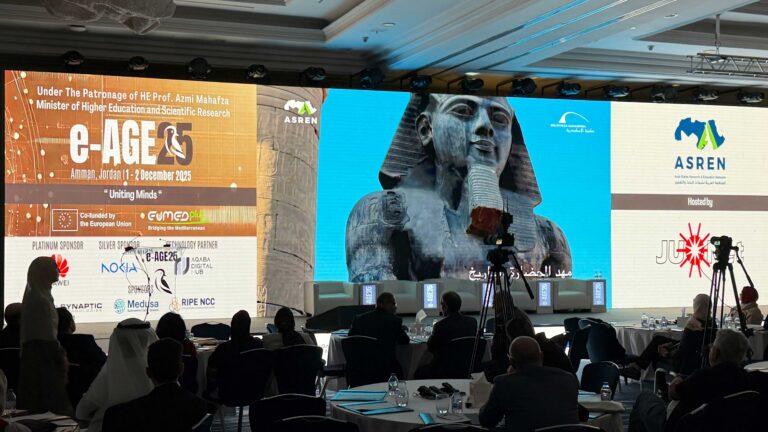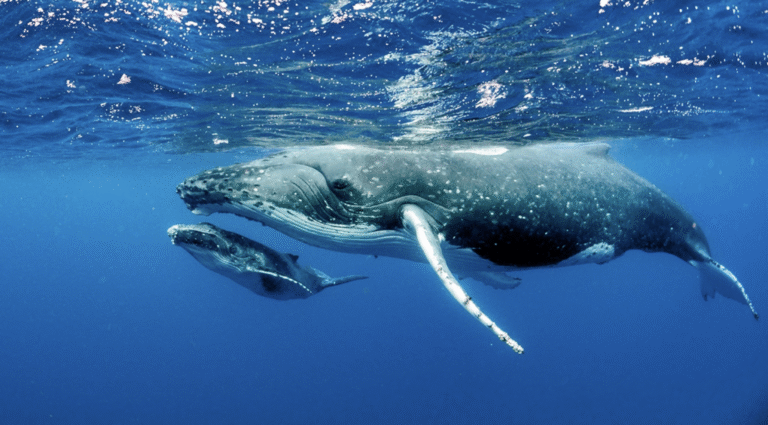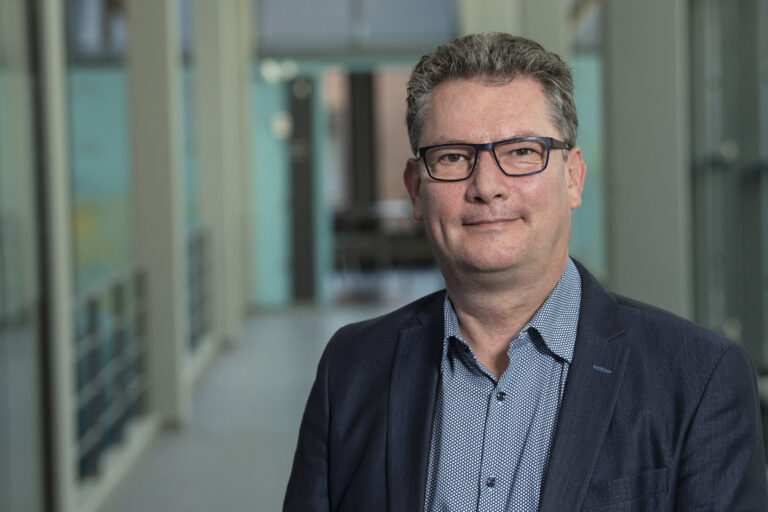Recent years have seen the evolution of technologies that turn optical fibres into sensors.
With technologies such as state of polarization (SOP) detection and digital acoustic sensing
(DAS), it has become possible to detect vibrations, sounds and other parameter changes
around an optical fibre cable. Combined with advanced data processing, these technologies
enable the transformation of optical fibres into sensors, such as sonars, acoustic sensors,
seismometers, and more.
A variety of sensing technologies provide new possibilities for acquiring scientific data for
marine biology, seismology, climate and arctic research. Deploying optical fibres enabled
with sensors offers a more future-proof solution, than for example sonars. Likewise, sensing
technologies can now be deployed on existing fibre cables, which will clear the way for
reaching areas that would otherwise be too complex to reach or for which it would be too
costly.
Deployment of scientific sensors in the oceans is costly and time consuming, and harsh
conditions often lead to short lifetimes of such scientific equipment. Therefore, the
alternative use of subsea cables as sensors has gained particular interest within the research
community. The benefit of providing researchers with access to optical fibre cables deployed
on the seabed is twofold; it is a resilient and stable technology, and existing cables can be
upgraded with various sensors. If existing cables were upgraded, it would allow access to 1.2
million kilometres of sensing infrastructure.
Several science domains use subsea cable sensing for monitoring of marine life, detection of
earthquakes and tsunamis, and much more. Historically, the use of sensors in subsea
research has been sparse and short-lived. Subsea cable sensing promises more widespread
and systematic data collection providing researchers with more detailed and recent datasets.
Supported by the Horizon Europe programme of the European Union, science domain
experts, data infrastructures, and research networks joined forces to create the SUBMarine
cablEs for ReSearch and Exploration (SUBMERSE) project. Together, the partners will seek to
create a Research Infrastructure that allows researchers to perform a range of observations
in multiple locations. To further advance the use of subsea sensing technology for research,
and to open the possibilities to a wider circle of researchers, the SUBMERSE project brings
together 24 European partners, with the aim of building a proof-of-concept research
instrument deployed in the North and South Atlantic, as well as the Mediterranean. It is
expected that well-understood workflows and data repositories will allow researchers to
focus on the science part, and spend less time on one-time sensor deployments.
Norwegian Universities NTNU and University of Bergen are leading partners in SUBMERSE,
supported by NORDUnet, Norwegian NREN Sikt, and Danish NREN DeiC. The project starts in
May 2023 and will run for 3 years.




